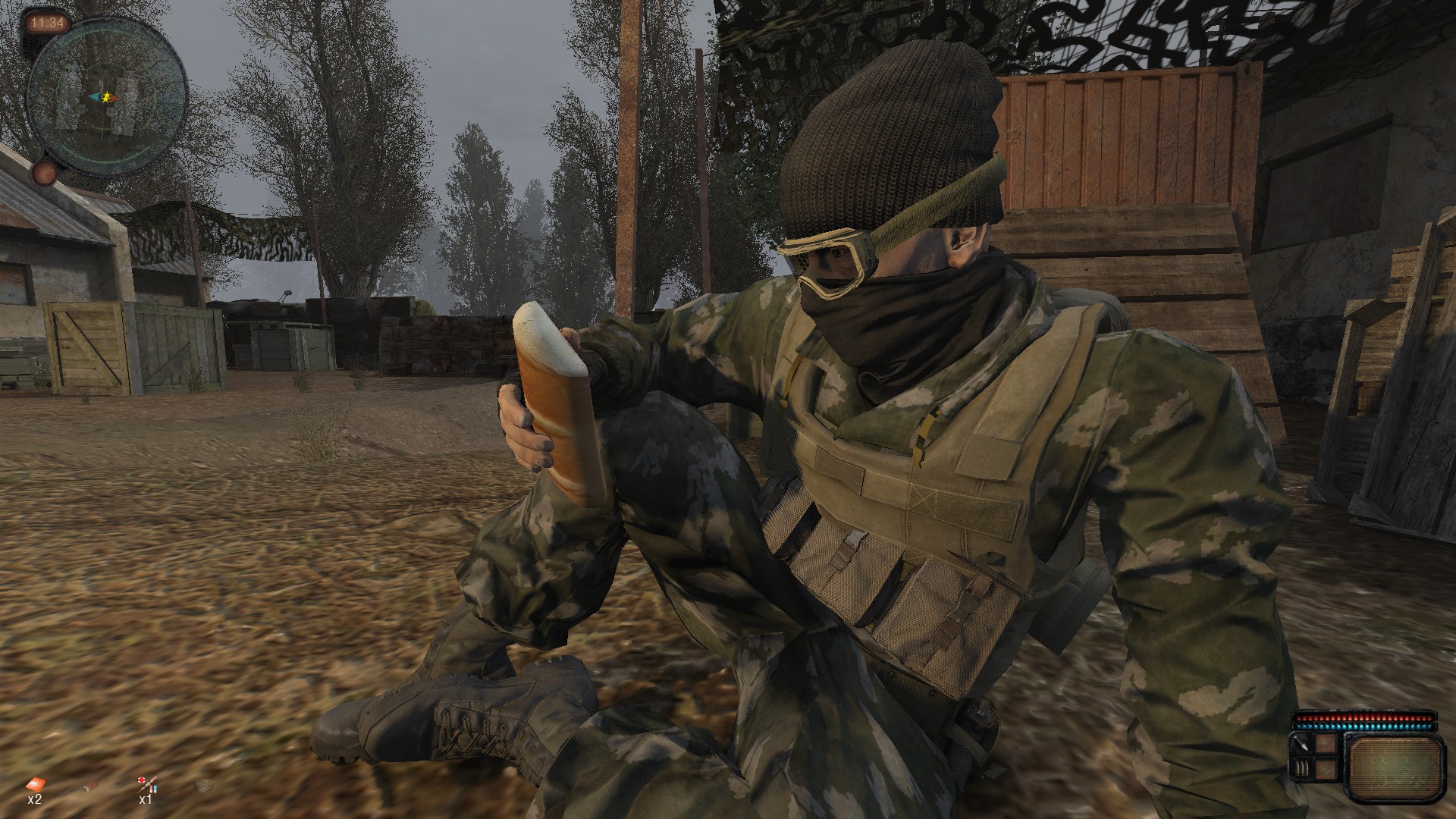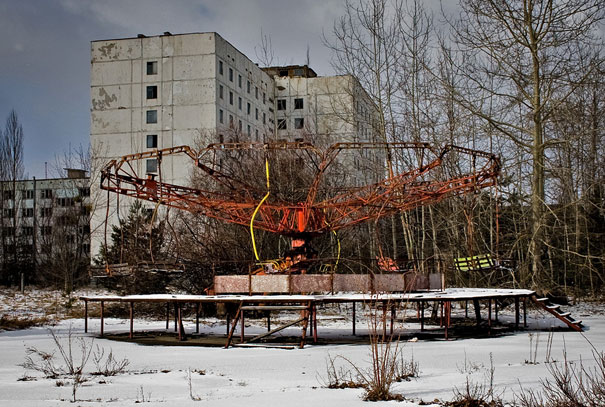

RealDice Sudoku Master II.v1.18 (SISX) LINKĮlements Interactive Flurkies v1.00 SymbianOS S60v 3 Cracked (SISX) LINK

Who Wants to Be a Millionaire? (J2ME) LINKĭigital Chocolate Trick Or Treat (J2ME) LINK Mobile Dream Works Lament Island v1.01 (SIS) LINK Within these domains, we find three specific processes of settler colonialism: the transition from a state policy of assimilation and erasure to one of multicultural 'recognition' and management of difference, the intensification of resource extraction and emerging narratives of 'development', and state-church partnerships leading to the implementation of the Indian Residential School system.All new games will be added at the top of the list We identify and examine three key domains of settler colonialism within Canada: the state, the public and corporate-institutional partnerships. While it is undeniable that the Canadian state has been a primary opponent of Indigenous peoples throughout the twentieth century, in this chapter we demonstrate that settler colonisation has been driven cooperatively by non-state actors working in partnership with the state or, in some cases, prefiguring state law and policy by preemptively claiming land and infringing on Indigenous sovereignty and nationhood.

Most Indigenous peoples understand state governments to be a primary source of colonial suffering, giving rise to the question, 'Is the Crown at war with us?' Likewise, in the face of resistance, settler Canadians have traditionally looked to governments to 'fix' what has come to be known as the 'Indian problem'. From court cases that have challenged the legal basis of Canada's definitions and justifications of territorial sovereignty to iconic struggles over land between Indigenous people and state policing and military forces, the institutions and apparatus of the state have been a major focus of resistance and negotiation. Accordingly, Indigenous resistance to settler colonialism has focused to a significant extent on the state as the central apparatus of colonial imposition and dispossession. “Fragmentation or Cooperation in Global Resource Governance?” is a collaboration between the SWP and the Federal Institute for Geosciences and Natural Resources (BGR).įrom the mid-nineteenth century to the present, settler colonialism in Canada has been characterized by the ongoing consolidation of state sovereignty around its assertion of radical underlying title to Indigenous lands.

That is the starting point for this study, which sets out to explore the opportunities and challenges for greater international cooperation by systematically analyzing the raw materials situations, strategies, and instruments of the G20 states. Differences between the G20 states concerning interests, economic frameworks, goals, and instruments stand in the way of effective international raw materials governance. However, multilateral governance initiatives for minerals and metals are virtually non-existent. Rather, in the worst case, political measures that appear rational for a single country may generate collectively negative outcomes at the global level. These challenges cannot be tackled by national action alone. Increasingly frequent state intervention and speculative tendencies produce a situation where market mechanisms often fail to function satisfactorily. In many metal markets supply and demand are highly concentrated, with deposits localized in a handful of countries and production in the hands of just two or three companies. Prices have risen sharply over the past decade, with strong fluctuations. It also illustrates how the effects of mining extend beyond the mine site, crossing scales of time and space.ĭevelopments in the metals and minerals markets are creating great challenges for industries and governments. Tracing the webs of connections between Quebec–Labrador and the Lake Superior Basin illuminates the ways that transboundary processes draw distant mining regions together. We then turn to the Canadian subarctic where American iron and steel interests worked with Canadian partners and the state to establish mines that might replace depleted ores in the Lake Superior Basin. Using the case study of Reserve Mining Company along Minnesota's north shore, we examine how cold war concerns about the depletion of direct shipping ore led American mining interests to promote the technologies and tax incentives needed to exploit taconite ore bodies-a lower-grade iron ore that required new technologies and created new environmental consequences. After a brief look at the scale of iron mining in Labrador, we examine the so-called " Iron Ore Dilemma " in the United States-the fears that dwindling supplies of high-grade iron ore in the Lake Superior District threatened Cold War strategic interests. A B S T R A C T This paper examines the entangled histories of post-WWII iron ore mining in the Quebec–Labrador region of Canada and the Lake Superior basin of the United States.


 0 kommentar(er)
0 kommentar(er)
